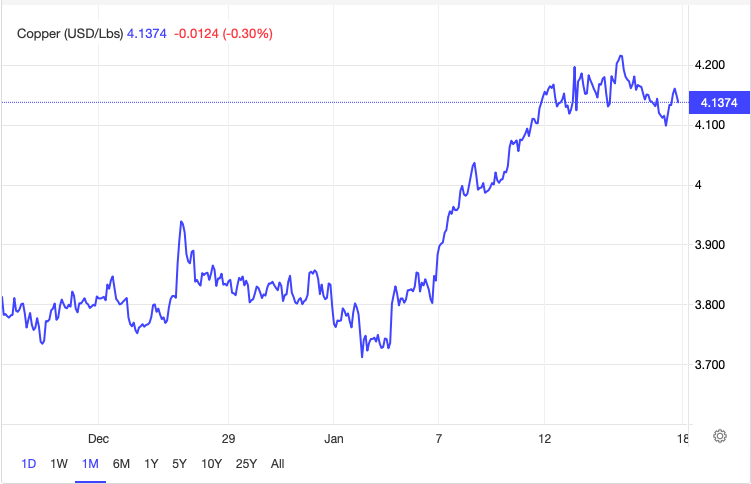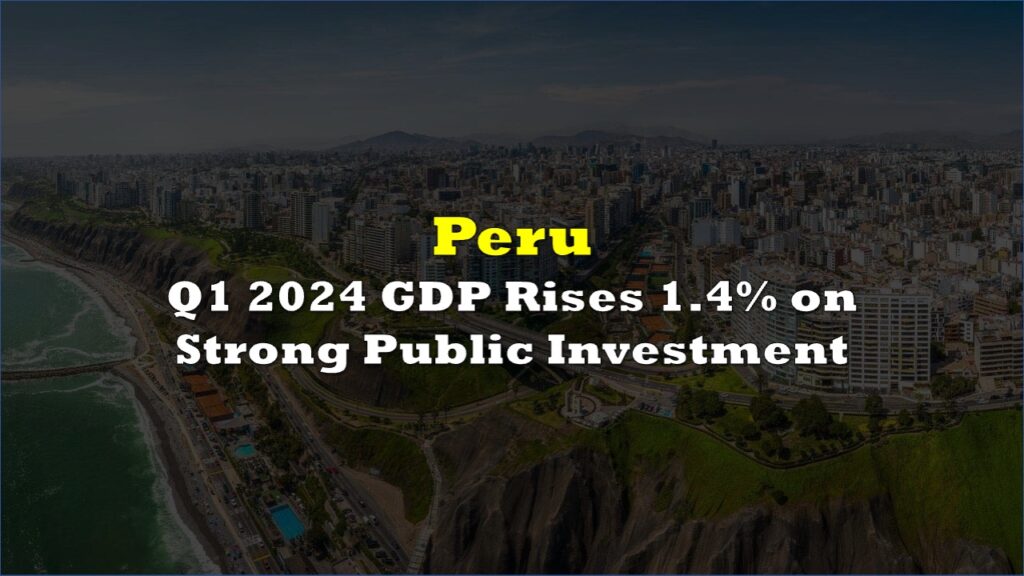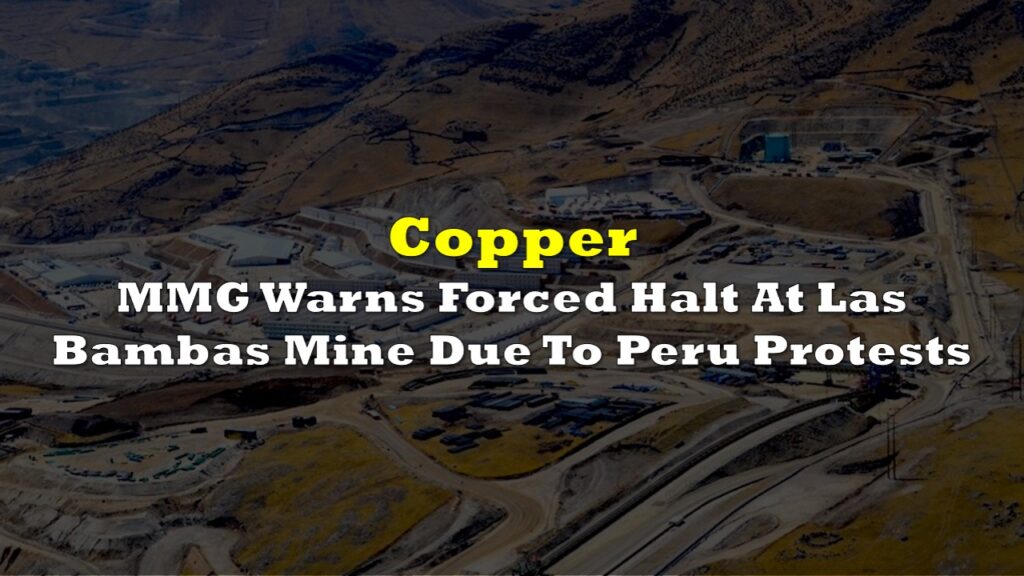Following weeks of protests against President Dina Boluarte, a 30-day state of emergency was announced in Peru’s capital Lima as well as numerous other areas. The act grants executive power to direct the army with more authority to keep the peace and suspends key liberties, such as freedom of movement and assembly.
Protests erupted following the expulsion and imprisonment of socialist President Pedro Castillo on December 7, who was accused of attempting to organize a coup by dissolving parliament, which was prepared to depose him. Boluarte, his vice president from the same party, succeeded him in accordance with the Constitution.
Over the last five weeks, at least 42 individuals have died throughout the country. Demonstrators are calling for Boluarte’s resignation and new elections, mainly stemming from Castillo supporters seeing the newly installed president as a “traitor.”
The fresh state emergency declaration is the country’s second one in six months. Peru put the country’s roads under a state of emergency back in June 2022 as the government’s response to a truckers’ union declaration of indefinite strike after the two parties failed to reach an agreement in addressing rising fuel prices.
Earlier on, Boluarte maintained that she will not stop down despite the increasing conflicts resulting to a growing death toll.
“I will not resign. My commitment is with Peru,” she said in a live televised address on Friday night, adding that she expressed sadness for the deaths that occurred during clashes with security troops, but she insisted on continuing as leader.
However, several members of Boluarte’s government resigned, including the interior minister on Friday.
Earlier this week, Peru’s public prosecutor opened a preliminary investigation into genocide claims leveled against Boluarte in connection with protestor deaths during the upheaval.
The president also rejected against convening a constitutional assembly, as sought by protesters, claiming that it would take too long. She then turned the table around to radical forces wreaking havoc, spreading disruption, and bringing the country to a halt.
The escalating conflicts have also grounded the Andean city Cusco’s airport to a halt. Protesters attempted to enter the airport in the city–a gateway to Peru’s tourism crown jewel Machu Picchu–while others set fire to a bus stop, damaged shops, and blocked train tracks with huge boulders on Wednesday night.
The country’s main airport was abruptly shut Thursday “as a preventative measure,” the transportation ministry reported on Twitter.
The unrest in Peru–the world’s second largest copper exporter–has impacted the metal’s prices amid fears of shortages due to disruptions in mining activity while top producer Chile forecasted its output to contract by nearly 6% in 2023. Copper prices have consistently rose since the protests started last month, remaining more than 9% higher since the start of the year. However, prices slightly eased to $4.1 per pound after touching a seven-month high of $4.2 per pound in January.

Information for this briefing was found via Euronews, BBC, France24, and the sources mentioned. The author has no securities or affiliations related to this organization. Not a recommendation to buy or sell. Always do additional research and consult a professional before purchasing a security. The author holds no licenses.









